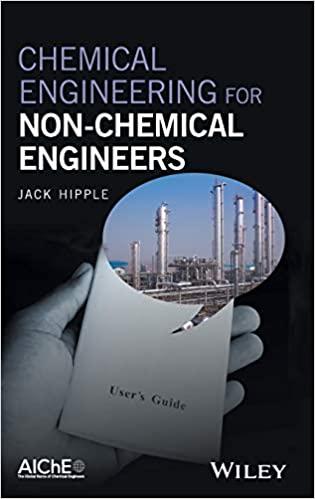Question
A single-effect falling-film evaporator is used to concentrate orange juice from 14% to 45% solids. The evaporator utilizes a mechanical refrigeration cycle using ammonia as
A single-effect falling-film evaporator is used to concentrate orange juice from 14% to 45% solids. The evaporator utilizes a mechanical refrigeration cycle using ammonia as a refrigerant for heating and for condensing the vapors. The refrigeration cycle is operated at a high-side pressure of 200 psia (1.379 MPa) and a low-side pressure of 50 psia (344.7 kPa). The evaporator is operated at a vapor temperature of 90F (32.2C). Feed enters at 70F (21.1oC). The ratio of insoluble to soluble solids in the juice is 0.09, and the soluble solids consist of glucose and sucrose in 70:30 ratio. Consider the T as the log mean T between the liquid refrigerant temperature and the feed temperature at one point and the hot refrigerant gas temperature and the concentrated liquid boiling temperature at the other point. The evaporator has a heat transfer surface area of 100 ft2 (9.29 m2), and an overall heat transfer coefficient of 300 BTU (h.ft2.F) or 1073 W/(m2.K) may be expected. Calculate: a. The evaporator capacity in weight of feed per hour b. The tons of refrigeration capacity required for the refrigeration unit based in the heating requirement for the evaporator. c. The additional cooling required for condensation of vapors if the refrigeration unit is designed to provide all of the heating requirements for evaporation.
Step by Step Solution
There are 3 Steps involved in it
Step: 1

Get Instant Access to Expert-Tailored Solutions
See step-by-step solutions with expert insights and AI powered tools for academic success
Step: 2

Step: 3

Ace Your Homework with AI
Get the answers you need in no time with our AI-driven, step-by-step assistance
Get Started


